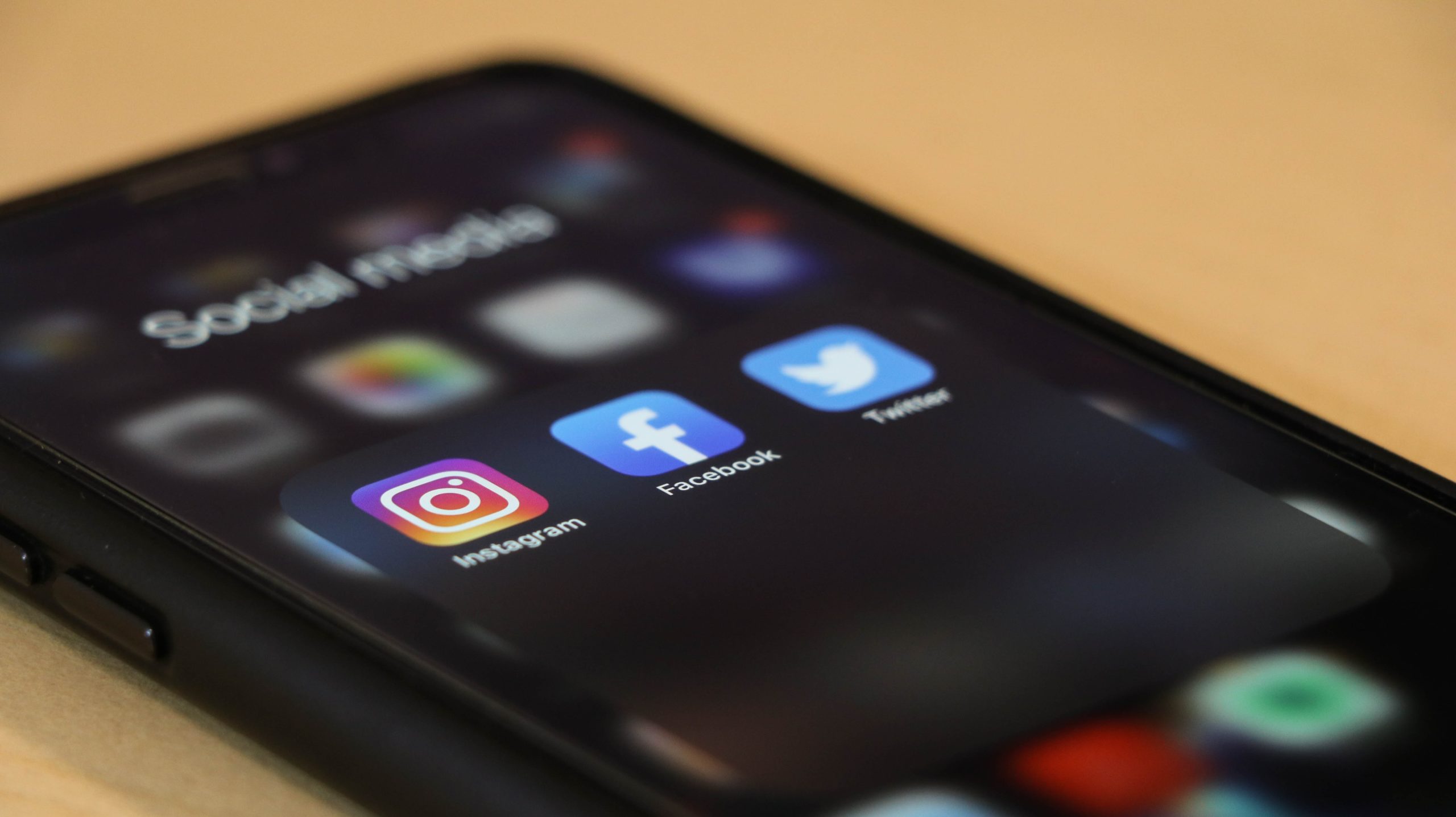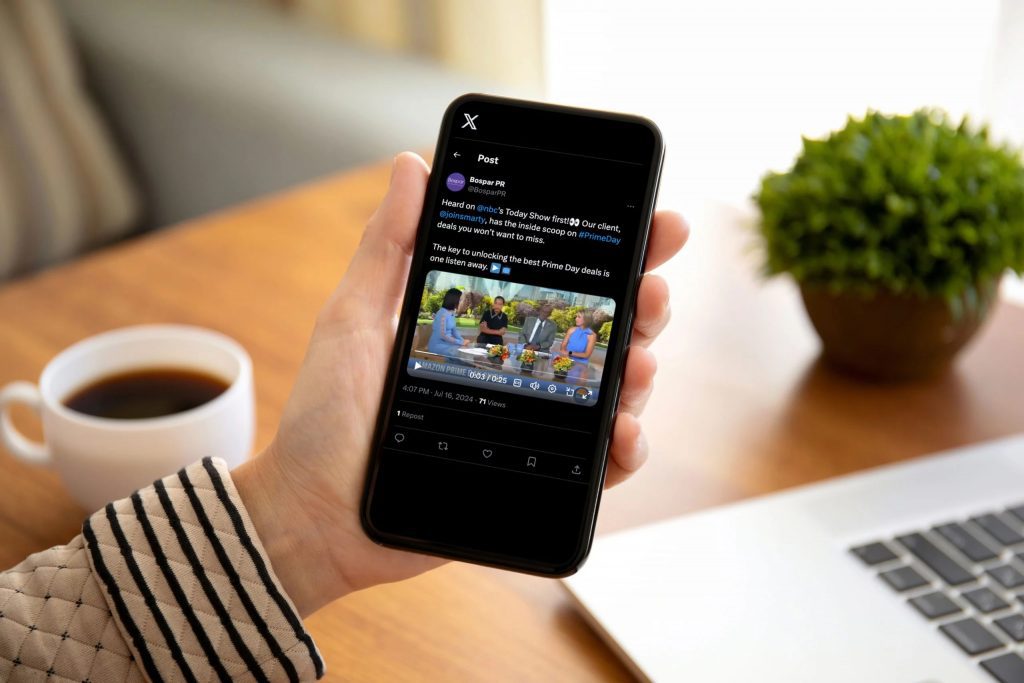There is more to social media than meets the eye. It’s no longer about pushing content. It’s about engagement, real conversations, quality, and how social fits in the larger communication ecosystem. Companies have learned that their social media profiles are important in building their brands and attracting new customers.
Take a look at a recent interview with Chewy’s CMO Mark Eamer. During this conversation, Eamer commented: “And so, one of the journeys we’ve had at Chewy over the last year-plus is really moving our marketing muscle up into the mid-funnel, so more into social.”
How should you measure your performance and know if your actions are helping to achieve your goals?
Before we tackle that question, let’s define terms.
Key performance indicators (KPIs) measure specific goals for businesses across all sectors. When designed and implemented properly, these metrics can define the direction of a social media strategy, provide essential feedback, and help organize entire businesses to optimize performance.
Metrics are everything that can be measured. They are variables that measure the performance of the processes used by a company to achieve its company goals. If a metric is important enough for decision-making, it becomes a KPI.
How does this relate to your social media strategy? Properly researching and analyzing your metrics and KPIs is the best way to determine if your actions on social media are generating real results and if they are contributing to taking your business to the next level.
Develop strategies that will help make your business more profitable. Avoid focusing on measuring “vanity metrics,” which are superficial metrics. Having more followers might seem impressive, but if those followers are not sufficiently qualified — meaning those followers are not in your target audience — then the measure is simply a vanity metric.
Once you outline your social media KPIs and goals, how do you measure them effectively?
Do that by taking these three critical steps:
Create a benchmark
Implement your own benchmark to define and track your KPIs. Here’s something you can try during your next campaign. Log and track the metrics of the specific social media campaign or posts for two weeks. Then, take the sample size and use those numbers to track against. Notice the dates and times you posted. What was the engagement like? Use that as a meter for the best times to post. However, keep your target audience in mind. If I’m targeting software engineers, what’s the best time of day to post? Which posts get more engagement (i.e., nighttime vs. day)? This can be used as a benchmark for future projects and campaign comparisons.
Tailor best practices to your own unique strategy
We know there are universal social media best practices on which companies base their strategies. But what should you post, and when are the best times to post? Consider our Axway case study. Axway brought on PR to increase its reach and brand awareness across Twitter and LinkedIn. Bospar created processes to streamline information-gathering and created a social strategy that helped with consistency and quality of content. To boost Axway’s reach and brand awareness across Twitter and LinkedIn, the Bospar social team established benchmarks and measured progress using advanced reporting and analysis. Across seven months, we achieved:
- An 83.1% post increase
- A 37.7% engagement increase
- A 43.5% post clicks increase
- A 4.3% audience increase
Focus on the most important metric goals
Review the demographics that LinkedIn offers and post accordingly. Most importantly, determine what matters to you. When setting social media KPIs, be sure they reflect your company’s overarching business goals. For example, you may want to focus on three metrics to start:
- Reach — Note the reach of your content and how many people have seen a post since it went live. Reach changes depending on when your audience is online and how good your content is. It gives you an idea of what your audience finds valuable and exciting.
- Engagement — KPIs for social media engagement measure the quality of the interactions with your social followers. They show you whether your audience is connecting with what you have to say and willing to interact with your brand.
- Click Rate — This tells you the percentage of people who viewed your post and clicked on the call to action it included. This provides insight into whether your content captures your audience’s attention and inspires them to act. Use this formula to measure this: Total Clicks/Total Impressions x 100 = CTR Percentage
To benefit from using KPIs and benchmarks, a company needs to be willing to set objectives, make changes and follow through. It is vital for company growth and success that those objectives are set based on internal history as well as industry — standard criteria.



